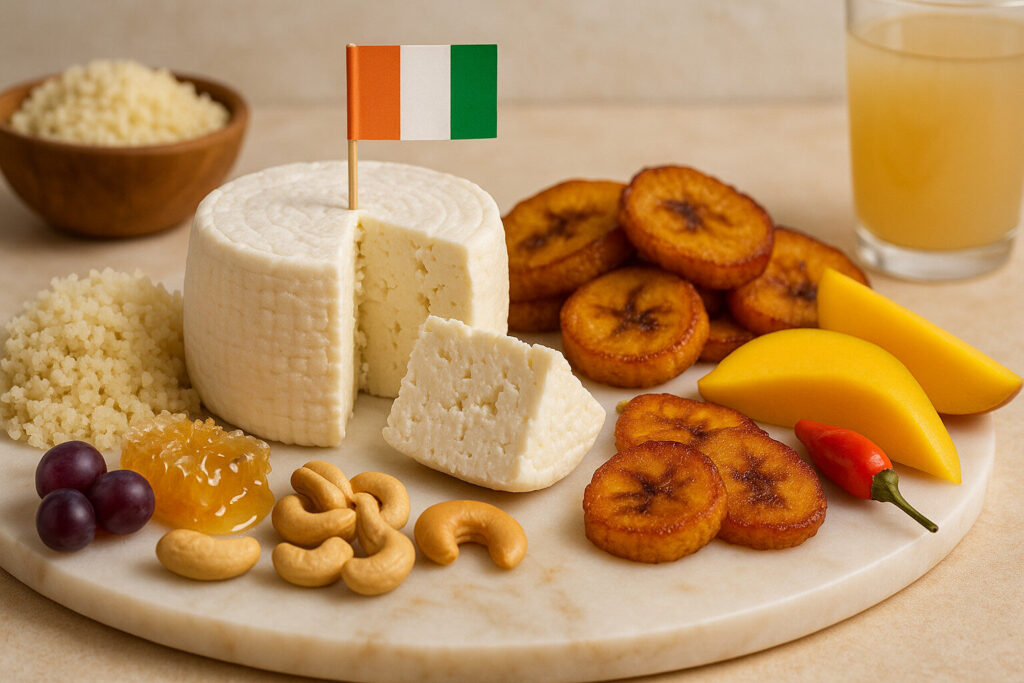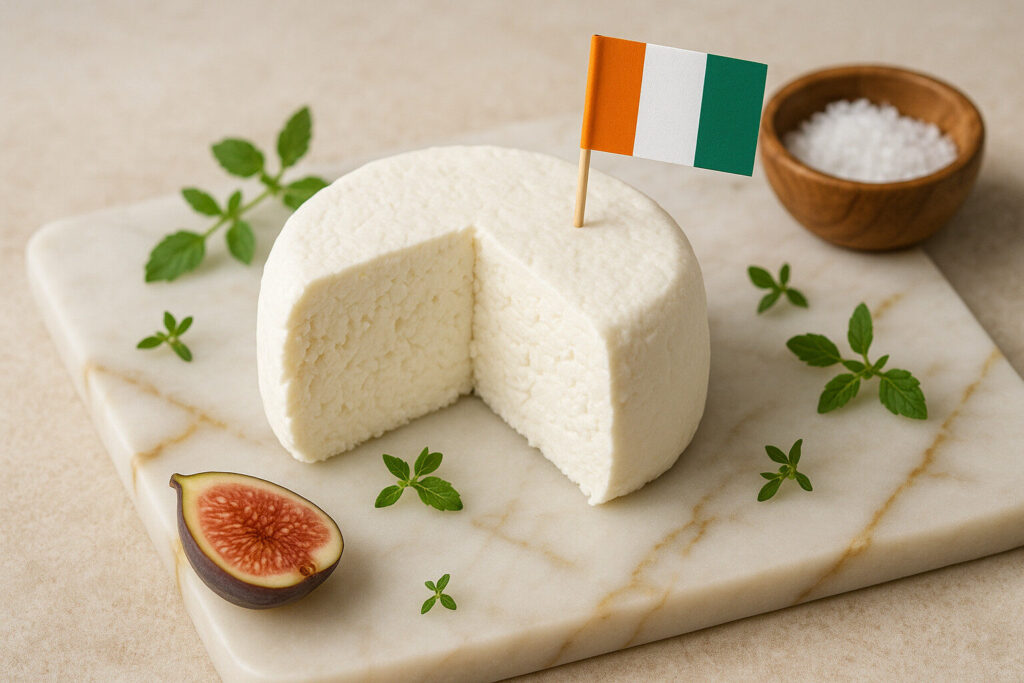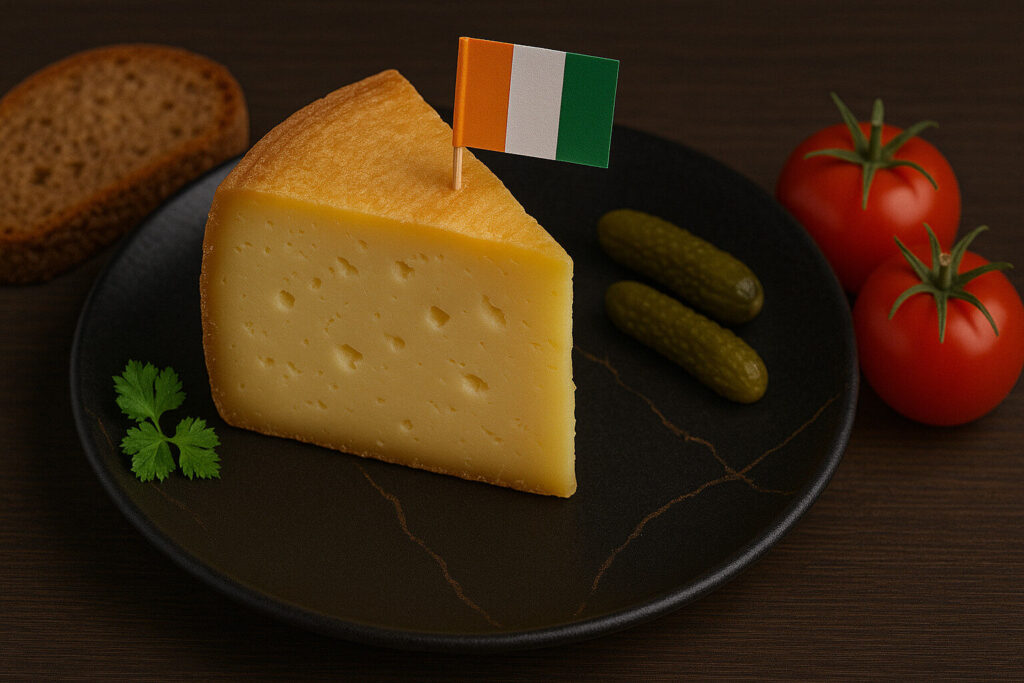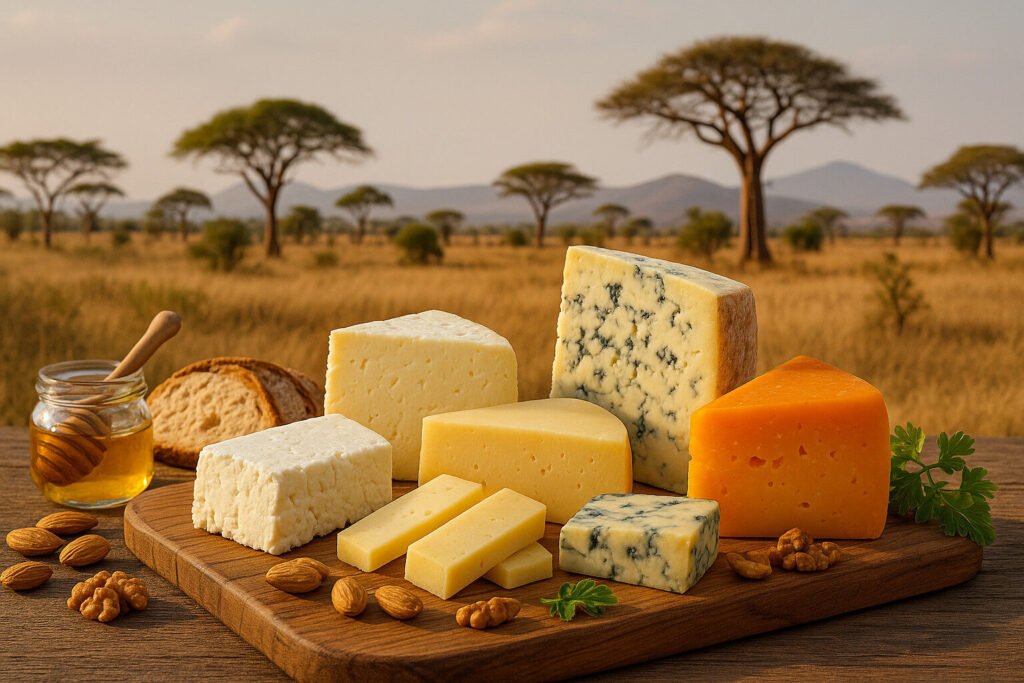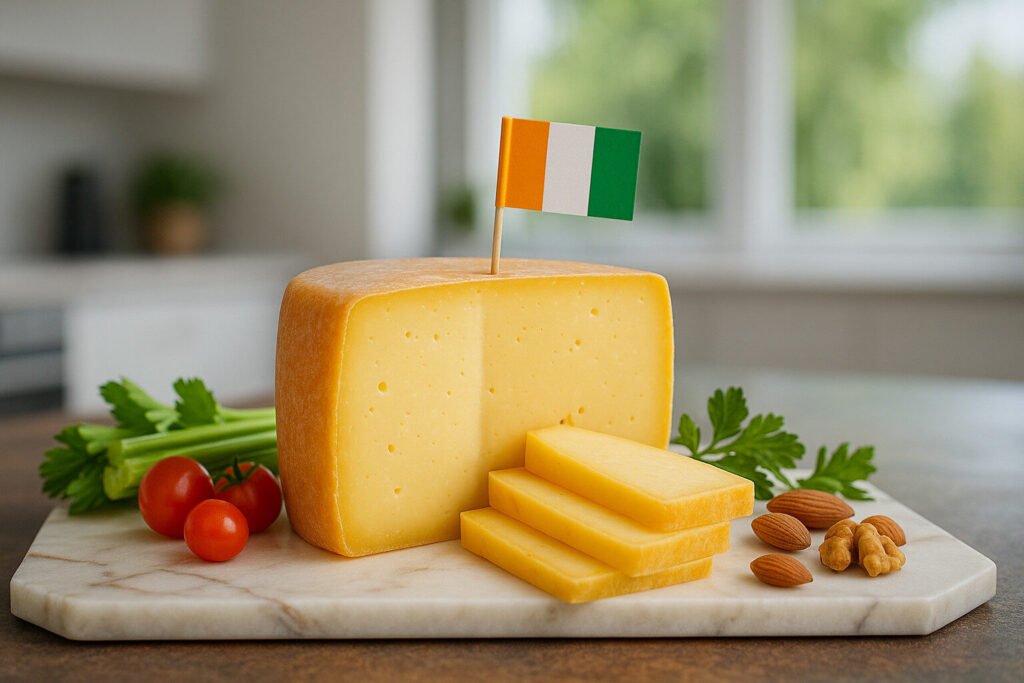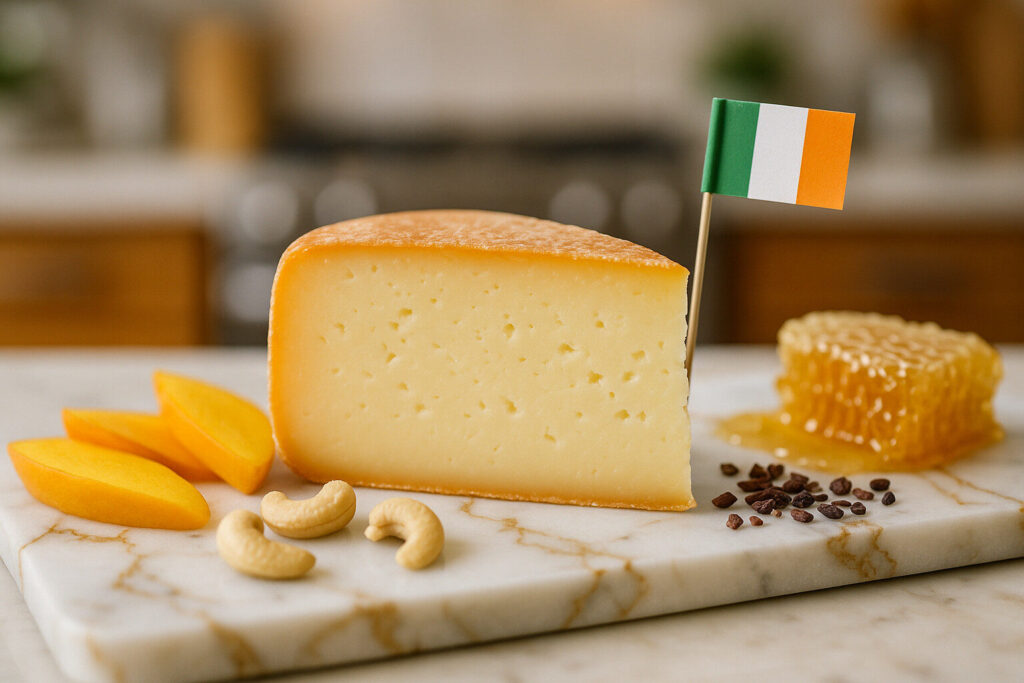Cheese Of Cote d’Ivoire
Definition and Scope
Cote d’Ivoire is a West African country with a developing dairy sector. Its cheese production primarily involves fresh, soft varieties adapted to local tastes and climate conditions.
These cheeses often utilize cow’s milk from indigenous cattle breeds. They represent a small but growing segment within the broader African cheese taxonomy.
Production Techniques
Traditional Ivorian cheese-making relies on simple acid or heat coagulation methods. This process bypasses the need for extensive aging facilities in the tropical climate.
Modern facilities near urban centers are beginning to produce European-style cheeses. These operations typically employ pasteurization and imported starter cultures for consistency.
Sensory Profile
Traditional Ivorian cheeses present mild, milky flavors with noticeable acidity. Their textures range from crumbly to spreadable depending on moisture content.
These cheeses typically exhibit bright white coloration and minimal rind development. Their flavor profiles reflect the diet of local cattle and minimal aging periods.
Culinary Applications
Fresh Ivorian cheeses commonly appear in sandwiches and as accompaniments to bread. They serve as protein sources in both urban and rural diets.
These cheeses are increasingly incorporated into modern Ivorian cuisine as cooking ingredients. They melt moderately well in traditional sauces and baked dishes.
Regional Examples
Wagashi represents the most recognized traditional cheese originating from northern Cote d’Ivoire. This fresh cheese is made by Fulani herders using cow’s milk and plant-based coagulants.
Abidjan-based creameries now produce brie and camembert styles for urban markets. These represent the European influence on Ivorian cheese development.

